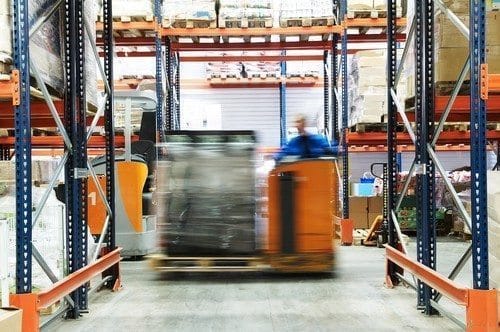
Have you educated your maintenance staff on proper safety procedures to be followed in the trash room? The Environmental Health and Safety Office of Emory University in Atlanta has “toolbox training” guides with valuable tips on trash room and dumpster safety.
Dumpster Safety
- Keep the area immediately around the dumpster clear of boxes, papers and other debris.
- Never climb into a dumpster or use your feet and hands to move items inside.
- Many injuries occur when hands and fingers get caught in the dumpster lid. When opening or closing the lid, always take care to make sure hands and fingers are kept away from “pinch points.”
- Hazardous waste should never be placed in a solid waste dumpster. Dispose of all hazardous waste using appropriate methods.
- If a fire starts, don’t attempt to extinguish it yourself. Call the fire department immediately.
Trash Room Safety
- Employees should be fully trained before operating the compactor.
- Never place any body parts inside the hopper. When necessary, use a long stick to move items.
- Close the compactor door securely before operating, and never open the door while the compactor is running.
- Only trained personnel such as a manufacturer service person should conduct maintenance and repairs on the compactor. Complete lock-out-tag-out (LOTO) steps before performing maintenance.
Improve Trash Room Safety with a Dumpster Pusher from DJ Products
Maneuvering heavy dumpsters around tight corners and up and down inclines creates a serious injury risk. Visit our website for information about our WasteCaddyLite, a battery-powered dumpster pusher that easily moves dumpsters across all types of surfaces and greatly reduces workplace injuries.




